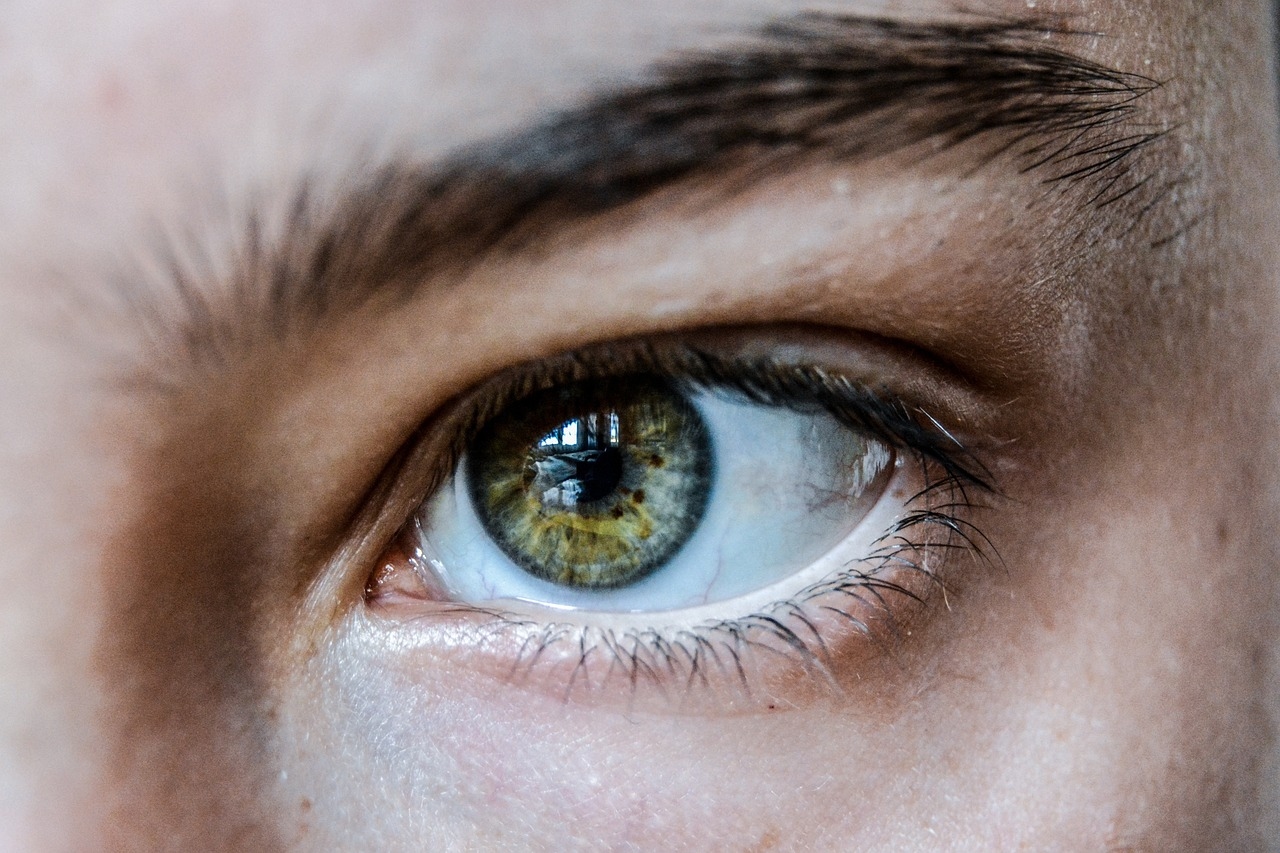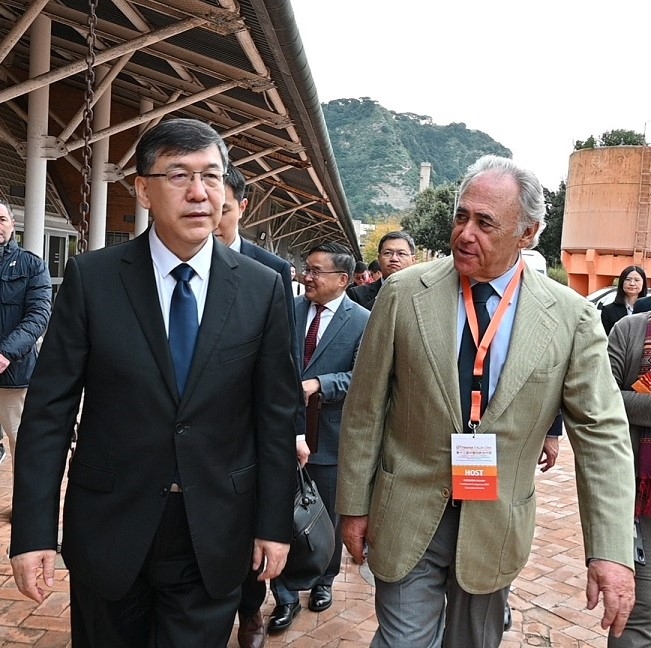Guido Garrone (Eolo CEO): "FWA is better than fiber in terms of cost-effectiveness."

“ Fixed-wireless ” is an Internet connectivity service that seems like an oxymoron: it's both fixed and wireless ; it appears technologically mobile but is residential ; it's little understood by consumers, yet boasts 2.42 million users in Italy . If anyone can shed some light on the matter, it's Guido Garrone, current CEO of Eolo and a veteran former captain of Sirti, Fastweb, Swisscom, Metroweb, and Open Fiber. Although, once again, one wonders why a man from the wired world decided to land in the “middle ground.”
“Ever since the first tenders for market failure areas, I've been arguing that Fixed Wireless Access (FWA) is a solution that optimizes the cost-performance ratio compared to fiber,” says the engineer, almost establishing a perimeter of economic certainties.
Indeed, it's one thing to wire a tower/antenna with fiber optics, as in FWA, which has a coverage radius of about ten kilometers; it's another thing entirely to reach every single apartment or detached house with fiber optics. Almost ten years have passed since Renzi's first anti-digital divide tenders, and today, thanks in part to technological advances, Eolo can afford to launch the first ultra-fast FWA 5G network capable of offering download speeds of up to 1 Gbps. Yes, similar to the most widespread residential fiber services.
After that, before raising eyebrows (out of amazement), perhaps combined with rolling eyes (out of distrust), it would be good - as Garrone likes - to clarify all the details of the case.
The new 5G FWA with dedicated frequency is a 1 Gbps plusFixed Wireless Access is a system that combines physical and wireless connectivity. A cable reaches a large antenna (BTS), which broadcasts the signal to smaller antennas located on apartment building rooftops, apartment balconies, or, in some cases, directly inside homes. Different performance levels are achieved depending on the upstream physical connectivity service and the downstream frequency used. Over time, operators, including Eolo (the market leader with a 27.9% market share, Source: Agcom), Tim (19.5%), Fastweb-Vodafone (14.9%), and Wind Tre (9.6%), have changed their structure and technologies.
Today, most use exclusive 5G frequencies (Eolo), or 5G or 4G frequencies shared with mobile networks. In practice, some have created a preferential lane, while others have created a highway for each vehicle. However, this scenario is set to change because in October, the Communications Authority approved the procedures for the assignment and the rules for the use of the (remaining) available frequencies in the 24.25-26.5 GHz band. A portion (26 GHz) had already been assigned in 2018, along with the other 700 MHz and 3.6-3.8 GHz bands, for 5G deployment. Now, with this additional package—subject to a future auction—it will be possible to further push FWA and professional applications such as industrial automation and telemedicine.
"We were among the first to believe in millimeter waves, developing a product for the licensed 28 GHz frequencies that allowed us to reach 300 Mbps. But we had to start from scratch, looking for specific suppliers, because we needed point-to-multipoint technology, antennas, and everything interoperable. We began the transition to 26 GHz two or three years ago," Garrone emphasizes. Current partners include Nokia and ZTE (for the radio access infrastructure), Qualcomm (Dragonwing platform), Mavenir, 6WIND, and Thales.
The frequency difference between 28 GHz and 26 GHz is minimal, but some operators actually use the available spectrum for smartphones, while others use it for FWA (or even FWA). This is because at these frequencies, very high speeds can be achieved, with large data capacity and ample bandwidth to serve many devices. The only limitations are the range (maximum 5-10 km) and any obstacles.
"In short, thanks to the TDD (time division duplex) transmission method combined with the 5G frequency and the architecture we've implemented, we've achieved a level of efficiency that allows us not only to provide consumer services at 1 Gigabit but also to resell them wholesale. So we're open to collaboration," adds Garrone.
In reality, this technology has all the potential to foster cooperative strategies like never before. While Eolo can deploy 4,200 towers currently serving 700,000 customers, the convergence of other operators toward 26 GHz could make it possible to serve digital divide areas much more easily and without the level of investment required for fiber-to-the-home.
We're just getting started, and with the new technology we've already covered 300 municipalities. But we want to update all 4,200 of our antennas within 3–4 years. And we must never forget that 60% of the Italian population lives in cities, 15 of which are large and a thousand medium-sized and small. The remaining 40% live in 7,000 municipalities with 5,000 to 10,000 inhabitants. So, we're focusing on these places, at least as a priority.
The future speaks of 10 GbpsDuring the last Mobile World Congress, the possibility of pushing FWA up to 10 Gbps was discussed, demonstrating the technology's untapped potential. Of course, there are still some insurmountable limitations, such as the requirement that the antennas must be visible to each other: if you don't have trees in the way, or even a hill, there's no hope of carrying the service. "However, we've solved the problem of weather, unless it's extreme. Millimeter waves aren't affected by ordinary rain. Our kit includes roof-mounted antennas, a router, and even a home repeater. Coverage is checked on-site, and final confirmation is made during the activation phase. There are no surprises," concludes Garrone.
repubblica





